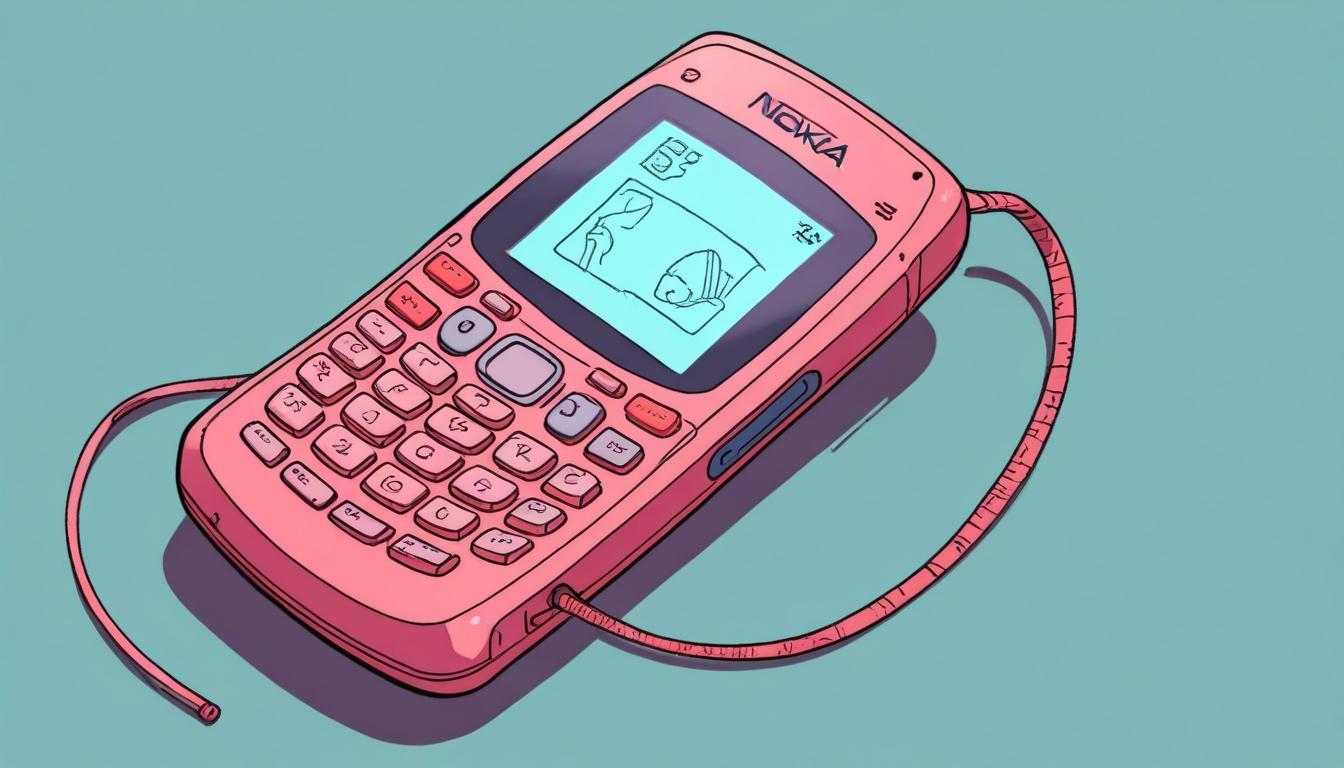As exam season approaches, many parents are searching for effective strategies to help their teens concentrate amidst a barrage of digital distractions. Research consistently indicates that excessive smartphone use can adversely affect attention spans and academic performance, leading to the question: could a simpler device be the antidote to this modern dilemma?
A recent study conducted by Mander Portman Woodward, a sixth-form college group, surveyed 1,000 UK teenagers aged 15 to 18 and discovered that, on average, students can only focus on their studies for approximately 14 minutes before succumbing to distractions, predominantly from social media platforms like Snapchat and TikTok. Alarmingly, 40 per cent of respondents acknowledged being constantly distracted, and merely 10 per cent expressed confidence about their exam preparation.
This growing reliance on digital devices is not merely a nuisance; it presents a formidable obstacle to effective studying. In response to this challenge, an intriguing solution has emerged: dumbphones. These basic devices, which allow only calls and texts with limited or no internet access, are gaining traction among younger generations eager to reclaim their focus and reduce screen time. A notable indicator of this trend is the sales data from HMD Global, the manufacturer of Nokia phones, which reported a significant increase in sales of feature phones, with tens of thousands sold each month in 2022.
The trend is not isolated to the UK; young consumers in the U.S. are similarly gravitating towards these devices, with companies like Light, Techless, and Boringphone also witnessing substantial growth. These phones, devoid of the overwhelming apps that signify contemporary smartphones, present a unique approach to encouraging real-world interactions and reducing the time spent in front of screens.
In exploring the offerings available, our team tested various models and determined that the HMD Nokia 3210 particularly stood out among the current dumbphone alternatives. Sarah Dawson, a parenting expert involved in the evaluation, remarked on the device's nostalgic appeal, stating, "The Nokia 3210 is the OG of brick phones and offers a real sense of Y2K nostalgia." Relaunched in 2024, the phone combines style with functionality, making it appealing to both adolescents and adults alike.
This straightforward device features an intuitive interface that allows for easy contact management and basic SMS capabilities—despite the younger users needing some time to adapt to the multiple-keypress texting method reminiscent of the 90s. While it does include a very basic web browsing function, the cumbersome process discourages most users from even attempting to access the internet, thereby inhibiting distractions—a benefit identified by the testers.
While the Nokia 3210 offers limited capabilities by modern standards, it still features a 2 MP rear camera and familiar pre-loaded games like Snake, which retains its addiction factor as seen generations ago. In addition to its primary functions, the phone provides practical tools such as an FM radio, calculator, and a worthy battery life of up to 10 hours.
In an age where digital detoxing increasingly gains popularity, the emergence of dumbphones like the Nokia 3210 points to a growing awareness among the youth about the need for balance in their digital lives. By utilising such devices, young people may not only enhance their academic focus but also foster deeper connections in the real world, affirming that sometimes, less truly is more.
As the digital landscape continues to evolve, it remains essential to consider how technology can enrich lives rather than detract from them, making the choice of switching back to simpler devices an appealing proposition for many.
Reference Map
- Paragraph 1: [1]
- Paragraph 2: [1]
- Paragraph 3: [1], [2]
- Paragraph 4: [2]
- Paragraph 5: [1], [3]
- Paragraph 6: [4]
- Paragraph 7: [5]
- Paragraph 8: [1], [2], [6]
- Paragraph 9: [7]
Source: Noah Wire Services
